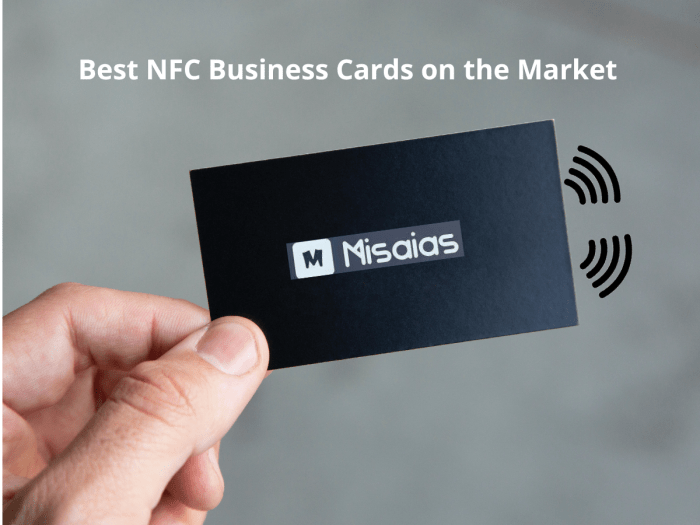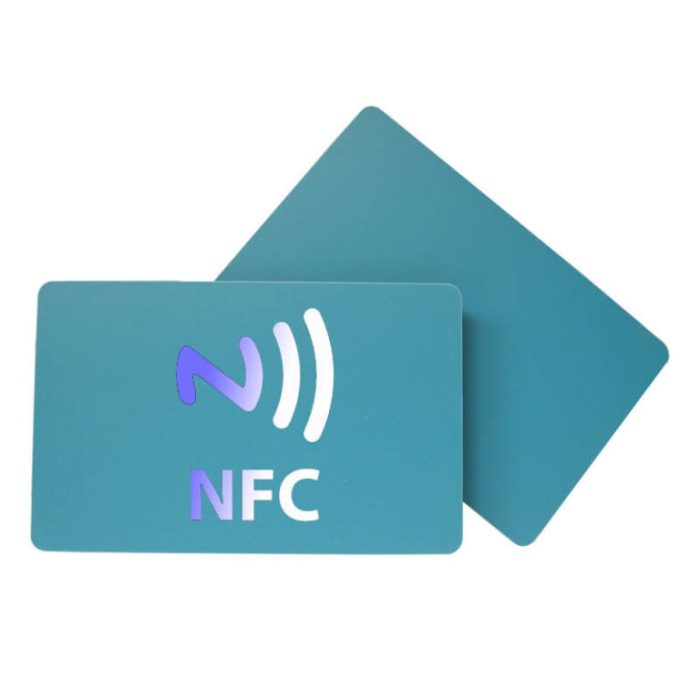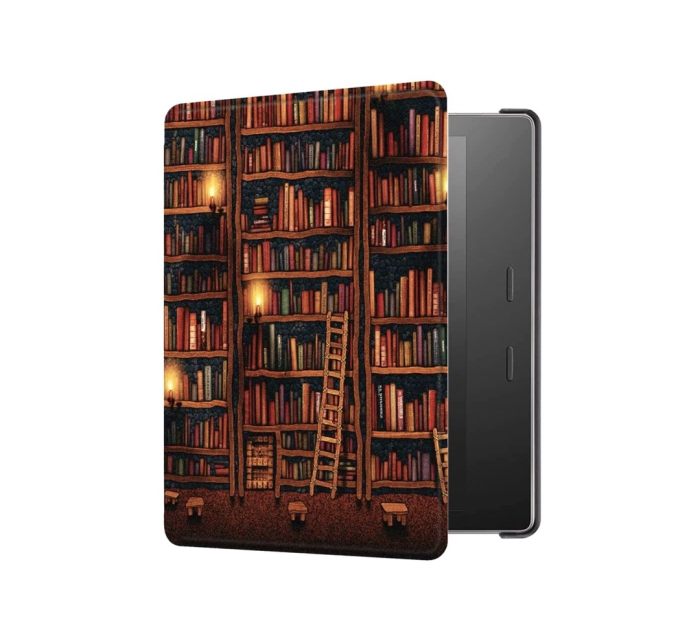Cards nfc – NFC cards, a cornerstone of modern contactless technology, are revolutionizing the way we interact with devices, make payments, and exchange information. This comprehensive guide delves into the intricacies of NFC cards, exploring their types, applications, security concerns, and future prospects.
NFC (Near Field Communication) technology allows two devices to communicate wirelessly over short distances. NFC cards, equipped with embedded NFC chips, leverage this technology to facilitate secure and convenient transactions.
Near Field Communication (NFC) Technology

Near Field Communication (NFC) is a short-range wireless technology that allows two devices to exchange data over a distance of a few centimeters. It is based on the same technology as RFID (Radio Frequency Identification) and uses electromagnetic induction to create a wireless connection between two devices.
NFC operates at a frequency of 13.56 MHz and has a maximum data transfer rate of 424 kbps. It is a passive technology, meaning that one of the devices does not need to be powered to communicate with the other.
This makes NFC ideal for use in applications where one device is often unpowered, such as a credit card or a key fob.
Technical Specifications and Limitations of NFC
- Frequency: 13.56 MHz
- Data transfer rate: 424 kbps
- Range: A few centimeters
- Passive technology: One device does not need to be powered
The main limitation of NFC is its short range. This means that the two devices must be very close to each other in order to communicate. Additionally, NFC is not as secure as some other wireless technologies, such as Bluetooth.
This is because the data is transmitted over an unencrypted channel.
Applications of NFC
NFC is used in a variety of applications, including:
- Mobile payments
- Access control
- Data exchange
- Proximity marketing
NFC is a versatile technology that has the potential to revolutionize the way we interact with the world around us. It is already being used in a variety of applications, and its use is only expected to grow in the future.
NFC Cards
NFC cards are physical cards embedded with an NFC chip that allows them to wirelessly exchange data with NFC-enabled devices. These cards come in various types, each tailored to specific applications.
Types of NFC Cards
- Passive NFC Cards:These cards do not have a power source and rely on the energy emitted by NFC readers to operate. They are typically used for low-cost applications like access control, loyalty programs, and mobile payments.
- Active NFC Cards:These cards have a built-in battery that powers the NFC chip, enabling them to transmit data over longer distances. They are commonly used for applications requiring higher security, such as contactless payment and ID verification.
- Dual Interface NFC Cards:These cards combine both passive and active technologies, allowing them to work with both NFC readers and contactless payment terminals. They offer increased flexibility and compatibility.
Benefits of NFC Cards
- Convenience:NFC cards provide a quick and easy way to exchange data without physical contact.
- Security:NFC cards offer enhanced security compared to traditional magnetic stripe cards, reducing the risk of fraud and unauthorized access.
- Versatility:NFC cards can be used for a wide range of applications, including payments, access control, and loyalty programs.
Drawbacks of NFC Cards
- Limited Range:NFC cards have a short range, typically a few centimeters, which can be a limitation for certain applications.
- Compatibility Issues:NFC cards may not be compatible with all NFC-enabled devices, especially older models.
- Cost:NFC cards can be more expensive than traditional magnetic stripe cards, which may not be suitable for low-cost applications.
Applications of NFC Cards
- Payments:NFC cards are widely used for contactless payments, enabling users to make purchases quickly and securely.
- Access Control:NFC cards are employed in access control systems to grant or deny entry to secure areas.
- Loyalty Programs:NFC cards can store loyalty points and rewards, allowing customers to earn and redeem benefits.
- Data Sharing:NFC cards can be used to share contact information, website links, and other data between NFC-enabled devices.
Security and Privacy Concerns
NFC technology offers convenience, but it also raises security and privacy concerns. NFC cards can be vulnerable to eavesdropping, data theft, and malicious attacks.
Eavesdropping and Data Theft
NFC cards transmit data wirelessly, making them susceptible to eavesdropping. Attackers can use specialized equipment to intercept and read data from NFC cards without the user’s knowledge. This can lead to the compromise of sensitive information, such as financial data or personal identification numbers.
Malicious Attacks, Cards nfc
NFC cards can also be targeted by malicious attacks. Attackers can create fake NFC tags that contain malicious code. When a user taps their NFC-enabled device on a fake tag, the malicious code can be executed, giving the attacker access to the device and its data.
Mitigating Risks
To mitigate these risks, several measures can be taken:
- Use Strong Encryption:Implement robust encryption mechanisms to protect data transmitted over NFC.
- Implement Authentication:Require authentication mechanisms, such as passwords or biometrics, to access NFC-enabled devices and cards.
- Limit Data Exposure:Minimize the amount of sensitive data stored on NFC cards.
- Educate Users:Inform users about the security risks associated with NFC technology and provide guidelines for secure usage.
Guidelines for Secure NFC Card Usage
To ensure secure NFC card usage, follow these guidelines:
- Use Secure NFC Readers:Only use NFC readers that are known to be secure and from reputable manufacturers.
- Avoid Suspicious NFC Tags:Do not tap your NFC-enabled device on unfamiliar or suspicious NFC tags.
- Disable NFC When Not in Use:Turn off NFC functionality when not in use to prevent unauthorized access.
- Monitor NFC Transactions:Regularly review NFC transaction history to identify any unauthorized activities.
- Report Suspicious Activity:Immediately report any suspicious NFC transactions or activities to the relevant authorities.
Future of NFC Cards

NFC cards hold immense potential for the future, with applications extending far beyond their current use cases. As technology advances and the world becomes increasingly interconnected, NFC cards are poised to play a pivotal role in various aspects of our lives.
Potential Applications
- Smart Homes and IoT:NFC cards can seamlessly integrate with smart home devices and IoT ecosystems, enabling users to control lighting, appliances, and other connected devices with a simple tap.
- Healthcare:NFC cards can revolutionize healthcare by providing secure and convenient access to medical records, medication reminders, and patient tracking systems.
- Transportation:NFC cards can enhance public transportation by enabling contactless payments, ticket purchases, and real-time tracking of vehicles.
- Identity Management:NFC cards can serve as secure digital wallets, storing personal information, financial credentials, and even digital keys.
- Education:NFC cards can streamline student registration, attendance tracking, and access to educational resources.
Challenges for Widespread Adoption
Despite their potential, NFC cards face several challenges that need to be addressed for widespread adoption:
- Standardization:Lack of industry-wide standardization can lead to compatibility issues between different NFC devices and cards.
- Security Concerns:Ensuring the security and privacy of data stored on NFC cards is crucial to gain user trust and prevent misuse.
- Cost and Infrastructure:Implementing NFC card technology requires significant investment in infrastructure and devices, which can be a barrier for some organizations.
- Consumer Awareness:Raising awareness about the benefits and capabilities of NFC cards is essential to drive adoption.
Insights on the Future
Despite the challenges, the future of NFC cards looks promising. As technology continues to advance and address current limitations, NFC cards are expected to become ubiquitous, transforming various aspects of our lives. They have the potential to streamline processes, enhance security, and create new possibilities for innovation.
Summary: Cards Nfc

As NFC technology continues to evolve, NFC cards are poised to play an increasingly significant role in our lives. From contactless payments to smart home automation, the potential applications are vast. By addressing security concerns and promoting widespread adoption, NFC cards hold the promise of revolutionizing various industries and enhancing our daily experiences.
Helpful Answers
What are the different types of NFC cards?
NFC cards come in various types, including passive, active, and dual-interface cards. Passive cards are the most common and do not require a power source, while active cards have their own power source and can initiate communication. Dual-interface cards combine both passive and active functionality.
What are the benefits of using NFC cards?
NFC cards offer numerous benefits, including convenience, security, and speed. They allow for quick and easy transactions, provide enhanced security compared to traditional magnetic stripe cards, and can store more data than conventional cards.
What are the security concerns associated with NFC cards?
NFC cards, like any technology, have potential security risks. However, these risks can be mitigated by implementing robust security measures, such as encryption, tokenization, and strong authentication protocols.

